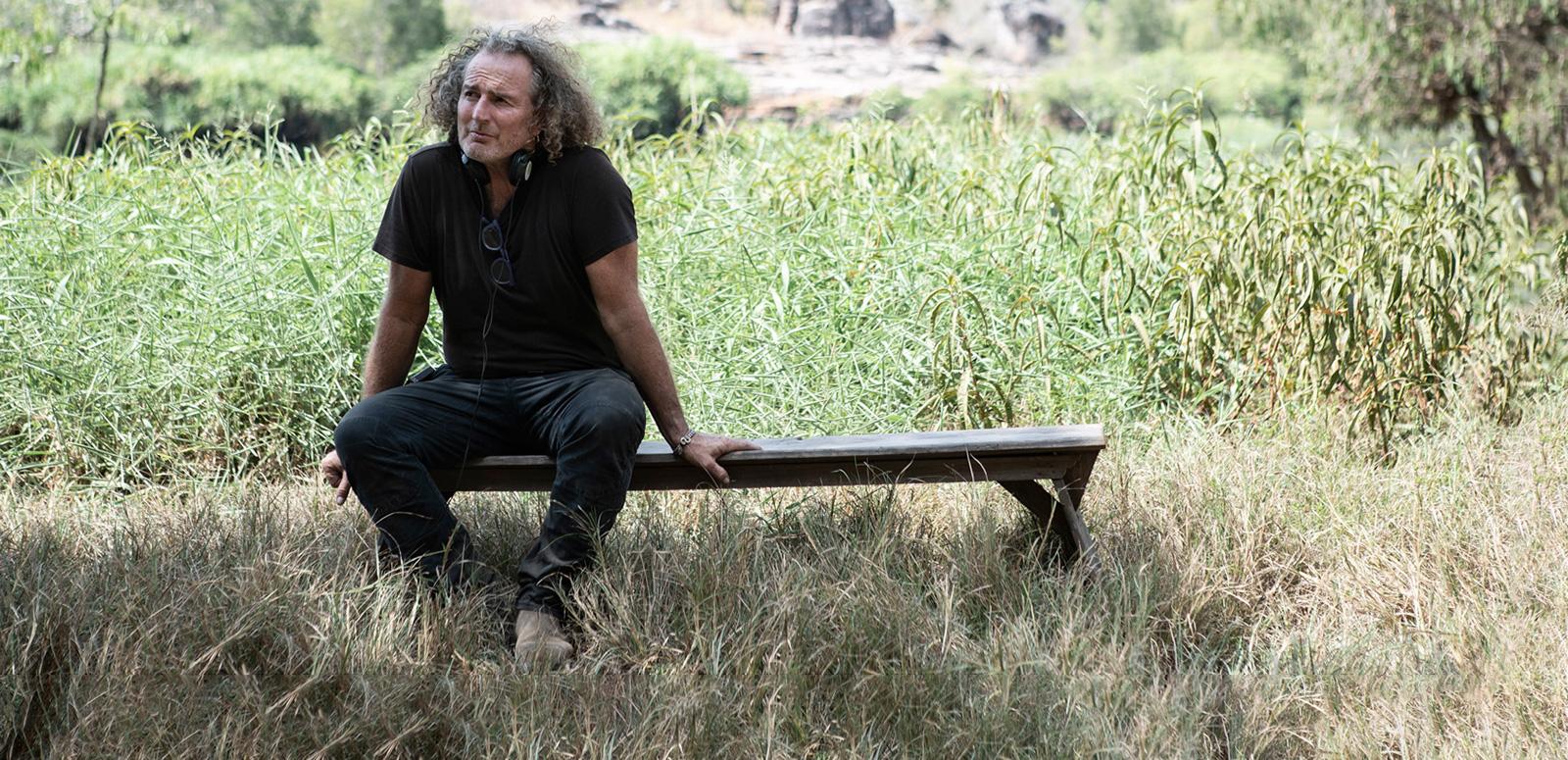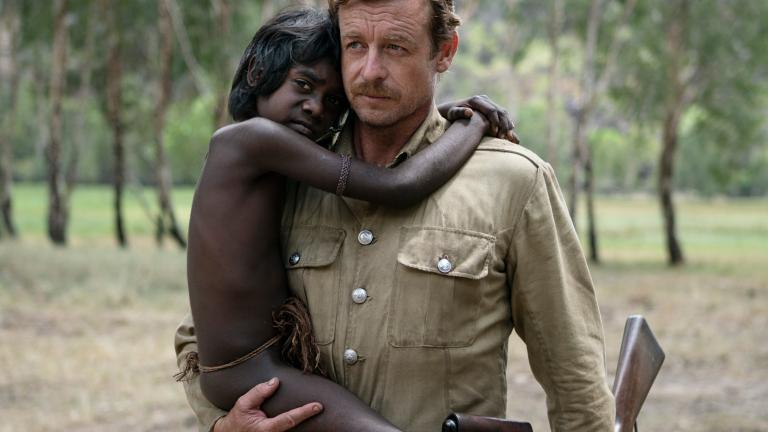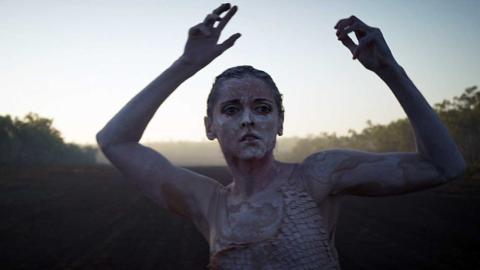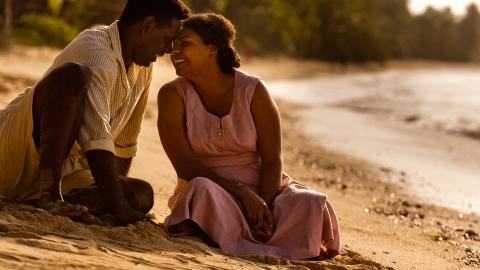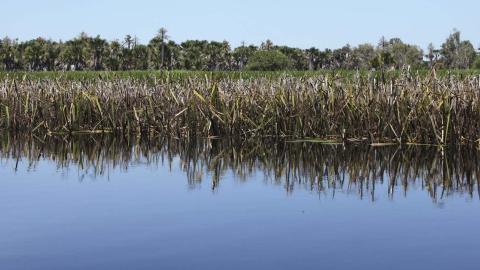In March 2021, the NFSA screened High Ground, a revisionist Western set in Arnhem Land during the early 20th century frontier wars. The screening was followed by a Q&A with director Stephen Maxwell Johnson, who spoke about the context of the film's production and how colonial violence has become inseparable from the nation's troubled history.
WARNING: Aboriginal and Torres Strait Islanders are advised that the following article may contain names, images or voices of deceased persons.

